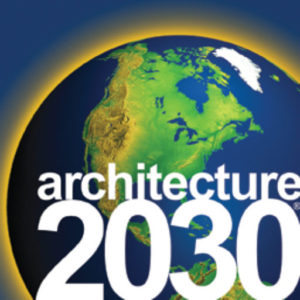Paris to World: an End to the Fossil Fuel Era
At the heart of the Paris Agreement is the “long-term goal” committing almost 200 countries to keep the global average temperature increase to “well below 2°C” above pre-industrial levels .
At the heart of the Paris Agreement is the “long-term goal” committing almost 200 countries to keep the global average temperature increase to “well below 2°C” above pre-industrial levels .
A summary of the historic events at Buildings Day at the COP21 UN Climate Change Conference.
Architecture 2030 is playing a key role in a number of events at the COP21 UN Climate Change Conference in Paris from November 30th to December 11th.
Firms pledge to design cities, towns, urban developments, new buildings, and major renovations in China to low carbon/carbon neutral standards
Speaking at the Korean Green Architecture Forum today, Ed Mazria, called for Korean building sector professionals to play a key role in tackling climate change.
New Online Education Series is based on the successful in-person AIA+2030 Professional Series
We’re delighted to announce the launch of the first course in the new AIA+2030 Online Series, an educational program aimed at providing American Institute of Architects (AIA) members and other design professionals with the high-performance building knowledge necessary to meet the 2030 Challenge targets.
The AIA and Architecture 2030 co-production (in partnership with AIA Seattle) is sponsored by Autodesk and delivered through AIAU, the AIA’s online education portal. The ten one-hour courses of the Online Series are based on the highly successful AIA+2030 Professional Series that has been offered to over 30% of AIA’s membership in 27 markets throughout the United States and Canada.
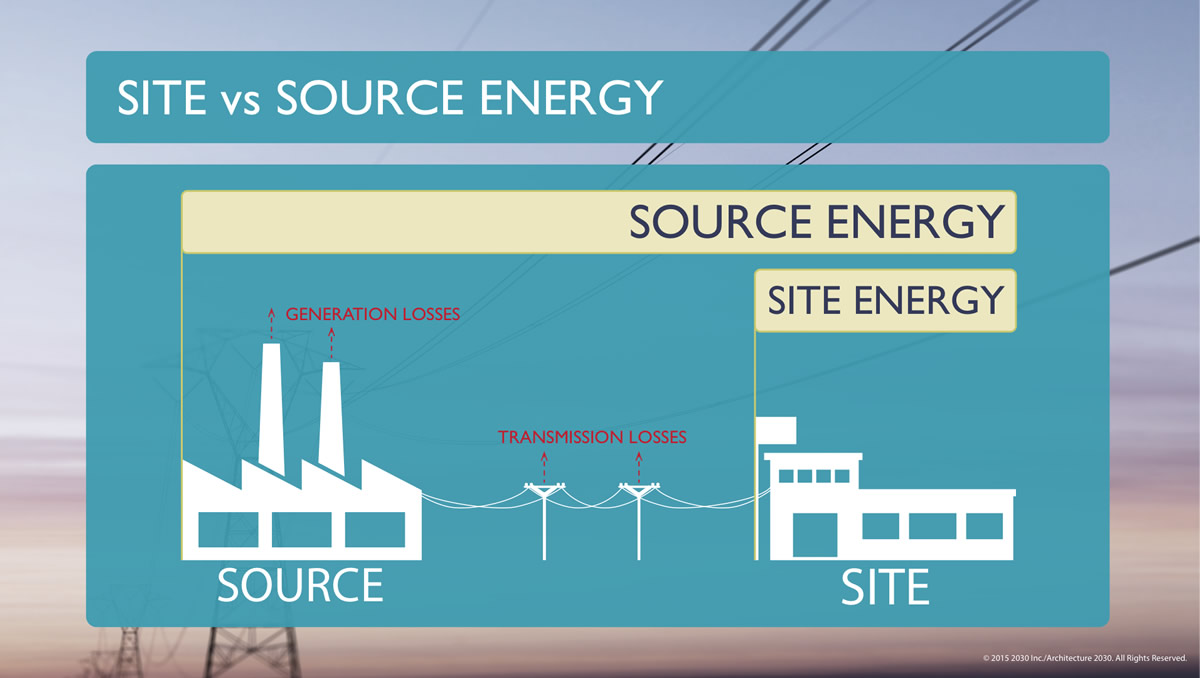
The AIA+2030 Online Series helps design professionals create buildings that meet the energy efficiency targets of the 2030 Challenge, offering strategies to reach a minimum of a 70% reduction in building energy consumption and fossil fuel greenhouse gas emissions today, increasing to carbon neutral for new building designs by 2030.
These energy consumption reductions result in significant savings in energy costs, and the ability to design such high-performing buildings provides firms with capabilities that will set them apart in the marketplace.
“This is the first comprehensive program in the U.S. that educates the architectural profession in specific design and technology applications to reduce energy consumption and carbon emissions,” said Edward Mazria, Architecture 2030 Founder and CEO.
“In order to make significant progress towards energy reduction targets, we’re acting to increase energy literacy within the profession,” said AIA EVP / CEO, Robert Ivy, FAIA. “This series will help showcase the power that early conceptual analysis has to increase the ability of architects to build bottom-line value into their design projects.”
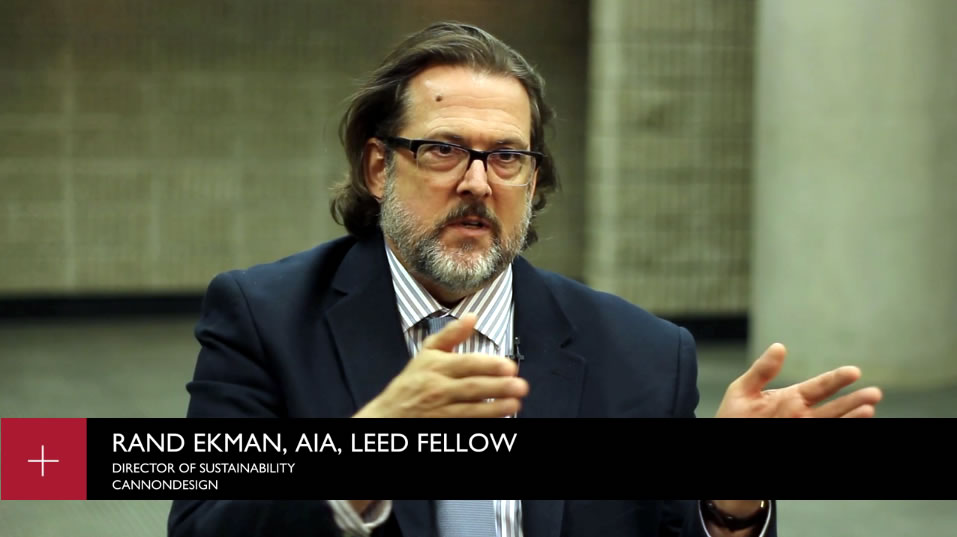
25 AIA Chapters and organizations from across North America have currently offered the in-person AIA+2030 Professional Series, which was created by the American Institute of Architects Seattle and Architecture 2030, with support from the City of Seattle and Northwest Energy Efficiency Alliance.
The AIA+2030 Online Series will have the potential to reach more than 80,000 professionals in geographically diverse regions in all 286 AIA Chapters worldwide, providing them with the knowledge needed to achieve the 2030 Challenge targets.
The second and third courses of the AIA+2030 Online Series will be released this fall, with the full series available by the end of 2016.
> AIA Members and Non-members can access the first course here.
The 2030 Palette – the online platform for planning and designing decarbonized, resilient, and sustainable built environments worldwide – is global in scope and local in application, including worldwide approaches and built examples. Now we’ve taken that global scope further, releasing translations of the core 2030 Palette Swatches in Chinese and Spanish.
Over the next two decades over 60% of the world’s projected 900 billion square feet of new building will take place in the Americas and China, so expanding the Palette’s reach to Chinese and Latin American audiences is essential. And, with Chinese or Spanish being the first languages of more than 1.5 billion people worldwide, the 2030 Palette translations play an important role in extending the global reach of the platform.
“It’s key that as many architects, planners, engineers, and designers as possible have access to the 2030 Palette’s education and information. The Chinese and Spanish translations mark the next step in our ongoing efforts to provide building sector professionals around the world the skills they need to address the climate change crisis”.
– Ed Mazria, Architecture 2030 Founder and CEO
The Chinese and Spanish versions of the 2030 Palette include all the rich visuals, advice, and concise rules of thumb of the English version and can be accessed using the links at the top of every page of the Palette.
Our next steps will be to translate the extra information pages into Spanish and Chinese, and we’re also working on Portuguese and French language versions of the core swatches.
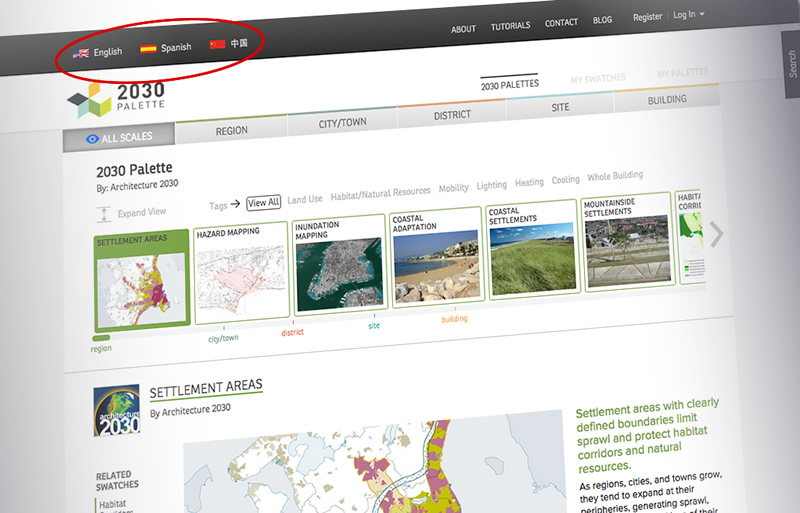
In addition, we’ve expanded the breadth of content available in the 2030 Palette (in English), adding detailed information on passive solar heating and urban infill strategies, and addressing the subject of earth-sheltered buildings for the first time.
The Direct Gain: Heat Storage swatch in the 2030 Palette now includes an In-depth Information page on Direct Gain: Heat Storage, detailing the design and sizing procedure for incorporating masonry thermal mass in passive solar heating building applications. Diagrams and graphs explain the concepts and heat transfer mechanisms of masonry thermal mass, and include detailed rules of thumb for incorporating mass into various building configurations.
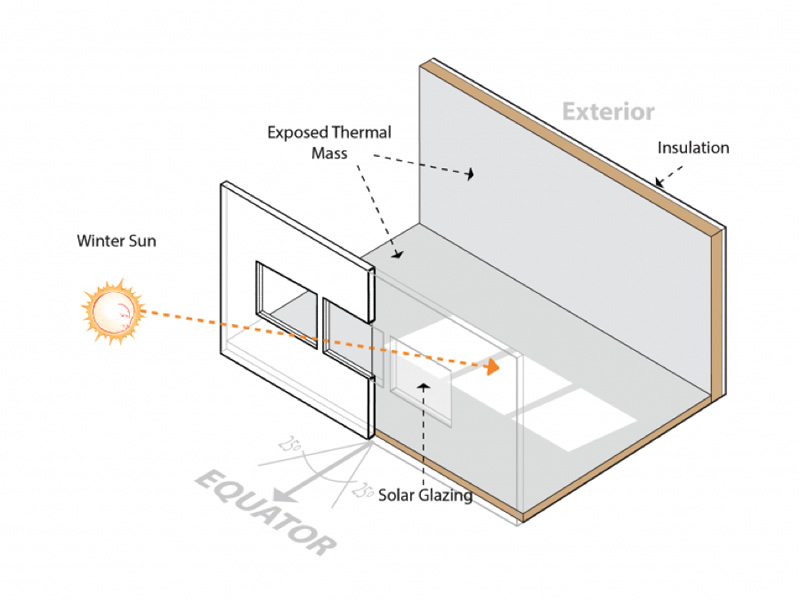
This new In-depth Information page on Urban Infill for City Growth explores urban infill, a key strategy for city growth as an alternative to urban sprawl. The section provides a historical perspective of infill growth, delivers examples of how it’s been imaginatively implemented in metropolitan areas in a variety of climates, and offers advice for both architects and planners on approaching new infill projects.
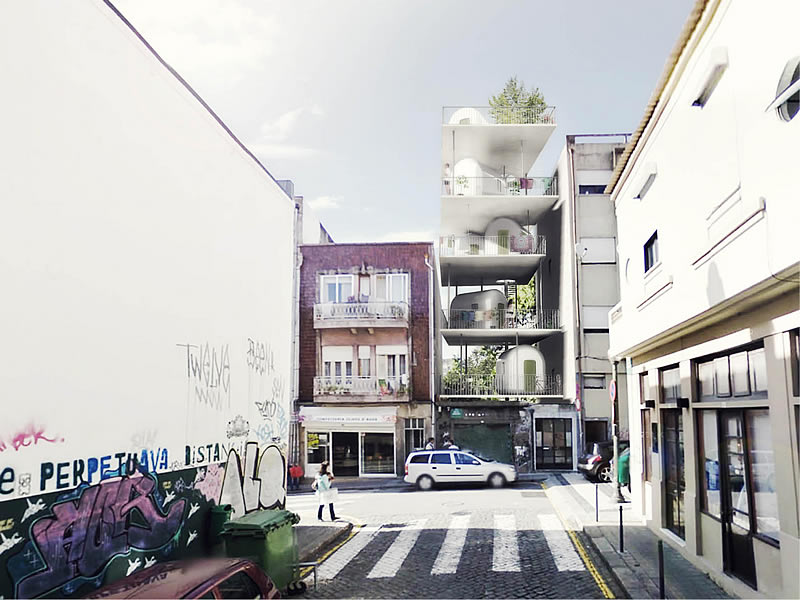
In addition to new In-Depth Information pages, we’ve also included a new swatch on Earth Sheltering – a design strategy that updates traditional earth-sheltered building forms, making this application useful for adapting to rapidly changing climates. The swatch includes examples of a variety of earth-sheltered buildings illustrating contemporary architectural applications of this ancient form of building.
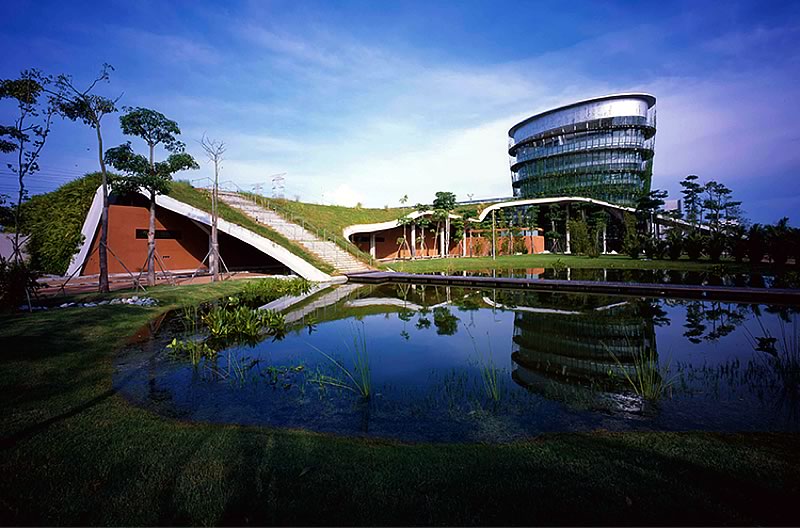
Together, this new material expands the 2030 Palette to 56 swatches and 11 In-Depth Information sections. Look for additional new content in the months to come.
Renovating New York City’s buildings to high-performance standards when they change hands is crucial to the City reaching its ambitious goals of an 80% reduction in greenhouse gas emissions by 2050.
This year, Architecture 2030 Founder and CEO Edward Mazria ranked #1 as the top ‘role model in sustainable or high-performance design’ in DesignIntelligence’s 2015 Sustainable Design & Leadership Survey.
For the fifth year in a row, the architecture and design community has again recognized the important role Architecture 2030 plays in transforming to a sustainable and carbon neutral built environment.
Architecture 2030 is listed in the top three organizations for ‘sustainability qualifications and certifications for projects/buildings’, and in the top five as ‘sustainable design organizational role models’. Sixty-one percent of firms surveyed believe the 2030 Challenge targets, issued by Architecture 2030, can be realized.
The full DesignIntelligence 2015 Sustainable Design & Leadership Survey report is available in July/August issue of DesignIntelligence.
At the AIA National Convention in Atlanta, GA, Architecture 2030 Founder and CEO Ed Mazria was officially presented with the Kemper Award.
In his acceptance speech to a packed audience of more than 7,000 architects, Mazria told his colleagues, “Because of your critical role in all this [addressing climate change], because you have a moral imagination and see a purpose in what you’re doing, you have given the world the courage to take bold actions to address the defining issue of our time.”
Above, you can watch the video piece the AIA created to celebrate Mazria’s work, and his full acceptance speech.
Architecture 2030’s mission is to rapidly transform the built environment from the major contributor of greenhouse gas emissions to a central solution to the climate crisis.
